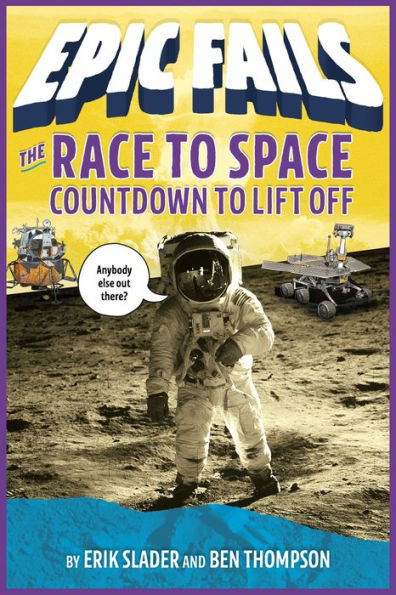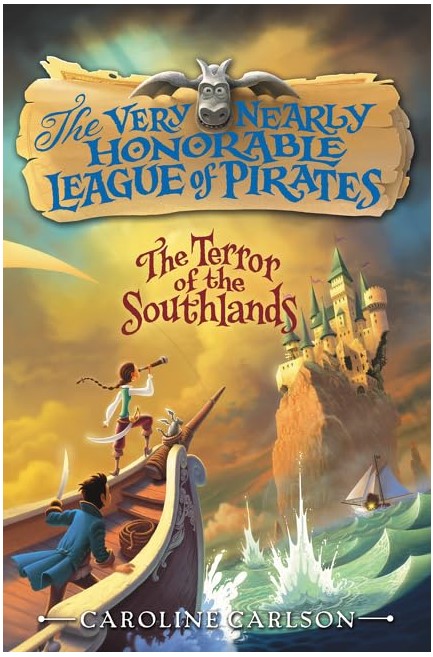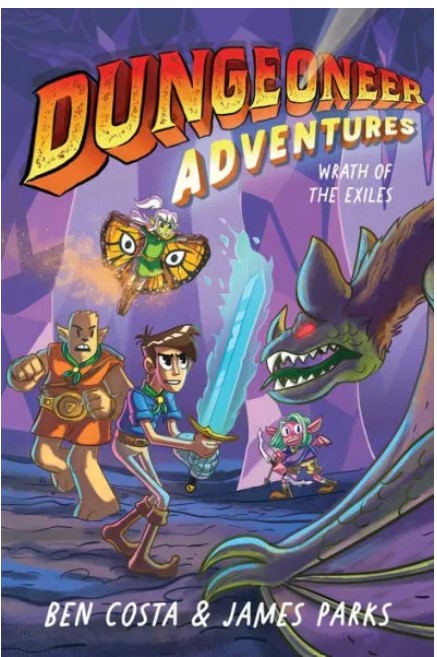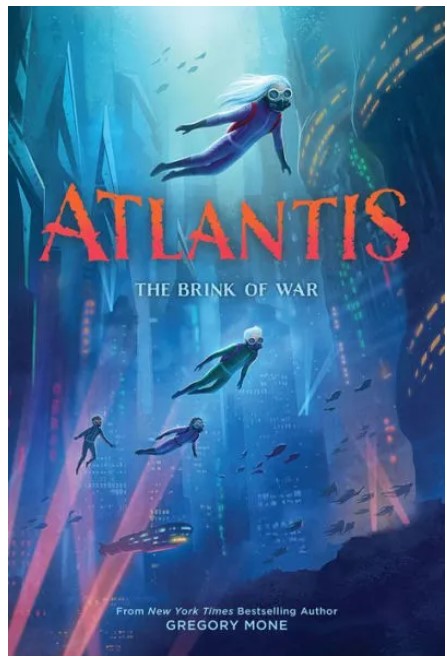Step back in time, beginning in 1232 when a Chinese alchemist accidentally discovered gunpowder, after which the Chinese created rockets for the battlefield. Since then, many have worked to advance rocket science. While some men dreamed of using rockets to travel into space, other men used rockets to win wars.
Then flashforward to the 1920s, when Wernher von Braun began creating a liquid-fueled rocket ship but was soon creating bombs for the Nazis. After the war, von Braun worked for the US Government. “Although von Braun wanted to achieve the means for space exploration, he once again found himself building weapons.” During this time, the Russians and Americans raced to create weapons as well as to send a man into space.
Finally, it’s 1957 when the Soviet Union launched the world’s first satellite into orbit, America had barely crossed the starting line of the great Space Race. Later that year, the United States’ first attempt at a similar feat was such a failure that the media nicknamed it “Kaputnik.” Yet American scientists and engineers refused to give up. With each failure, they gleaned valuable information about where they went wrong and how to avoid those mistakes in the future. Neil Armstrong may have made it look easy when he set foot on the lunar surface, but America’s journey to the moon was anything but simple.
The Race to Space Countdown to Liftoff is packed full of interesting historical information and explains how the Cold War spurred the United States into developing the first spacecraft. Instead of overlooking the many failures that occurred, the book explains how those failures were used to gain knowledge. For example, “The Apollo 13 mission is considered by NASA to be a ‘successful failure,’ meaning that the crew had failed to land on the moon. But NASA had learned so much during the operation, including techniques that would go on to aid in the development of new mission protocols and better technological advancements for future missions.”
Readers will learn new vocabulary and mythological references. Some readers will struggle with the advanced vocabulary words, such as diametrically, infiltrating, propaganda and détente. Even though some vocabulary is defined, a glossary would have been helpful. Despite the difficult vocabulary, The Race to Space Countdown to Liftoff breaks the text into manageable parts and uses subtitles, which make transitions to different topics easy. Both historical pictures and cartoonish, black and white illustrations appear on many pages. These illustrations show various acts of space travel and add humor.
The Race to Space Countdown to Liftoff uses a conversational tone that makes learning about history fun. The best part of the book is that it highlights events that could have been seen as “epic fails.” However, each failure was a learning opportunity that advanced space travel. The Race to Space Countdown to Liftoff shows how hard work, dedication, and perseverance can help everyone reach for the stars.
Sexual Content
- None
Violence
- In 1969, three men died when a spark created a fire. The spark became a “fire that spewed thick black smoke through the cockpit. The crew, still strapped into their seats, were unable to eject through the hatches before they succumbed to the smoke and fire.”
Drugs and Alcohol
- None
Language
- None
Supernatural
- None
Spiritual Content
- None










